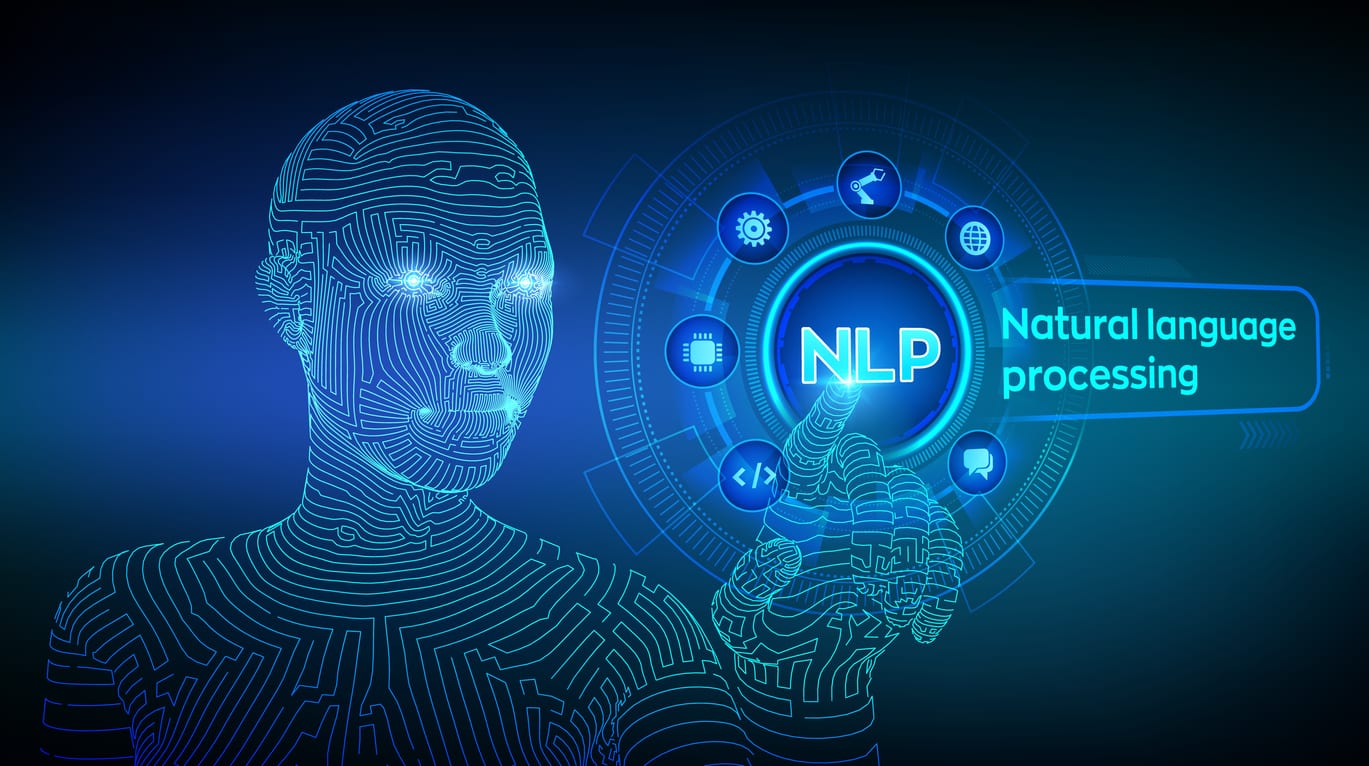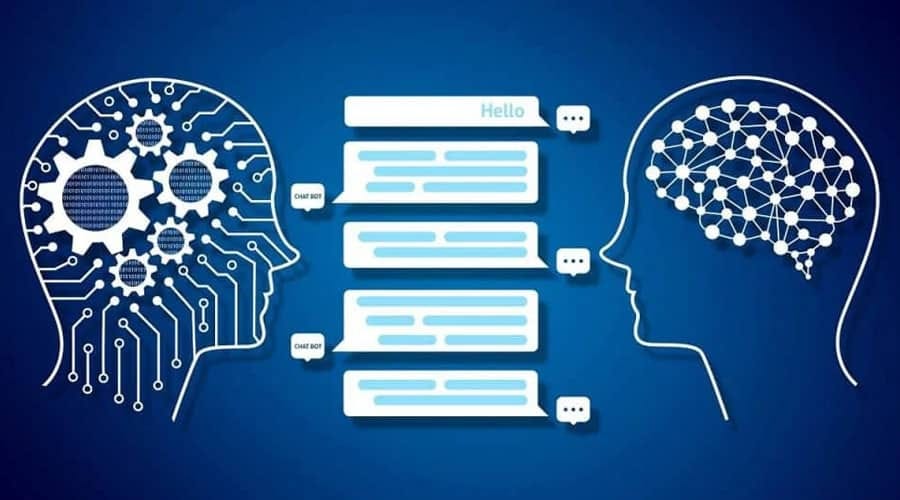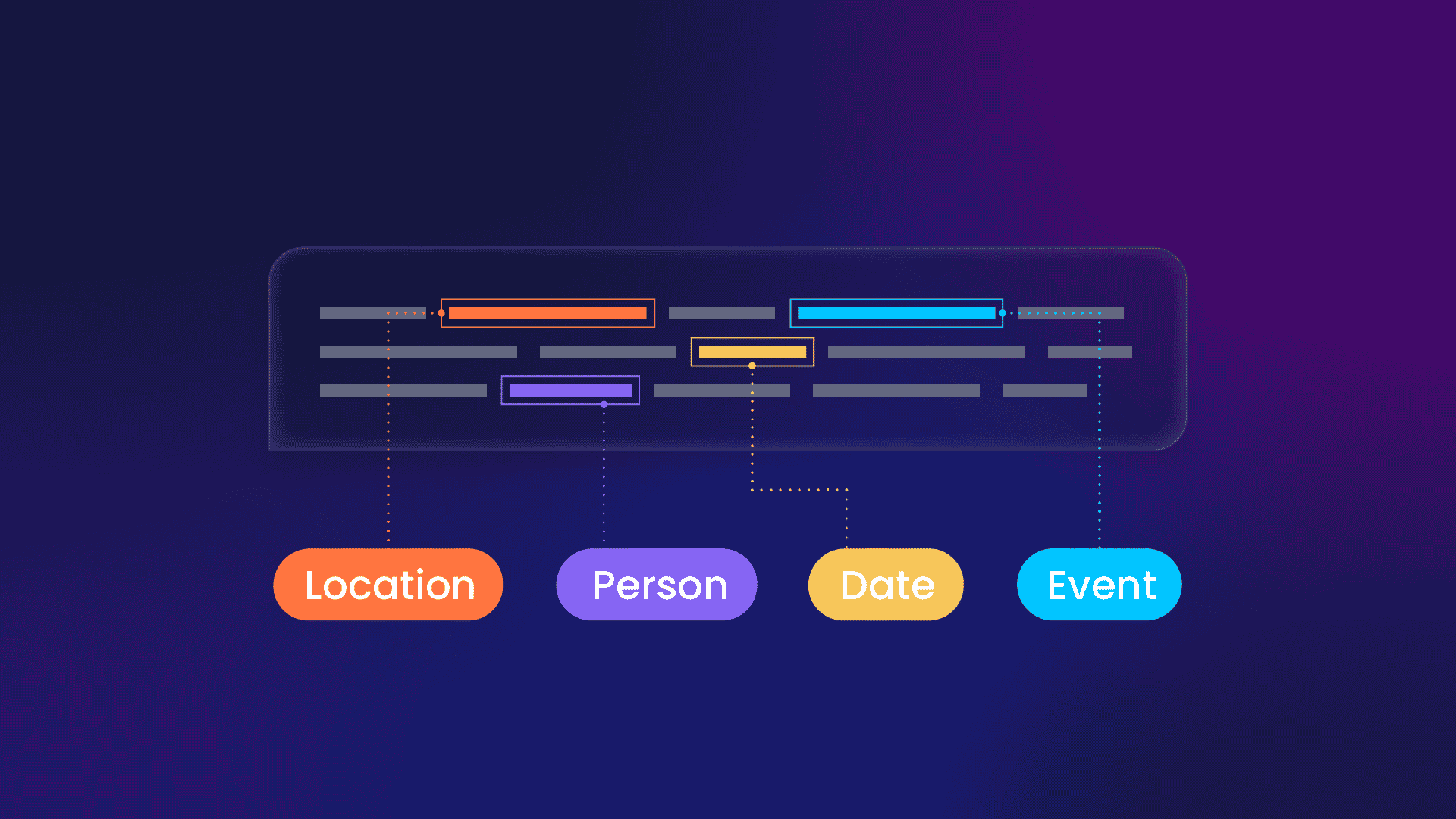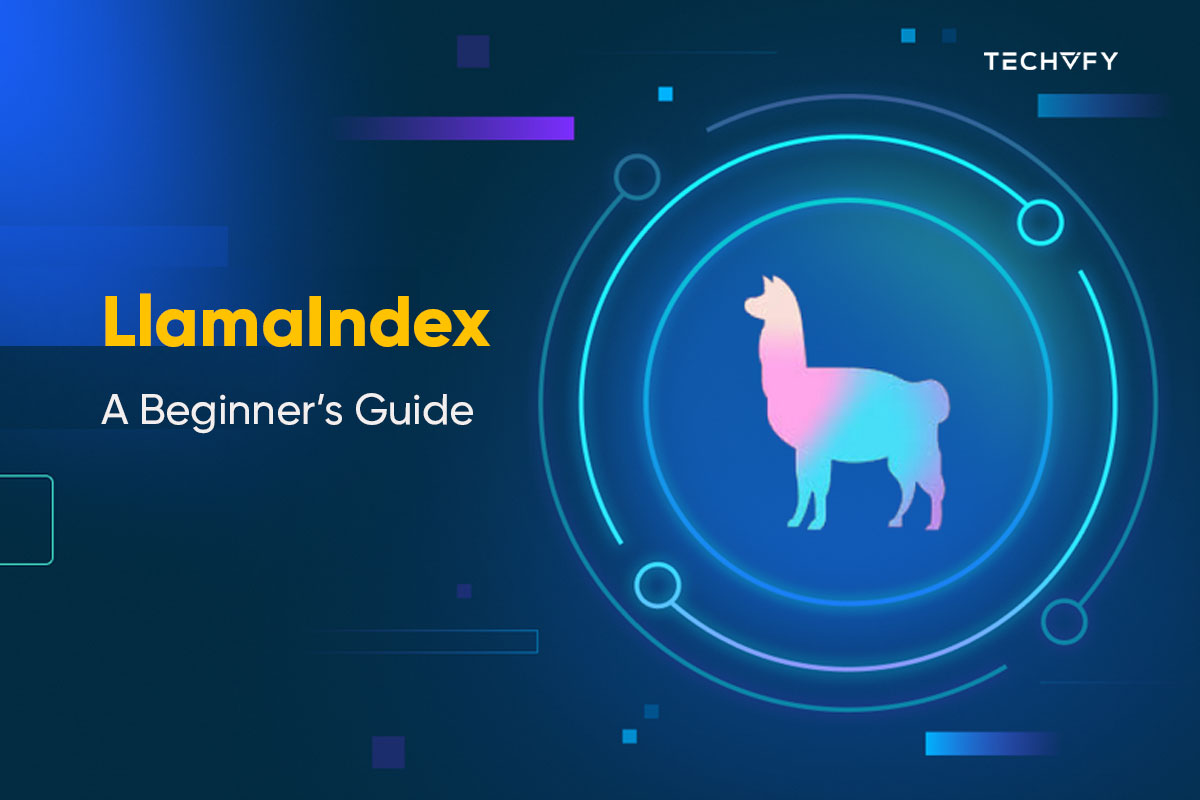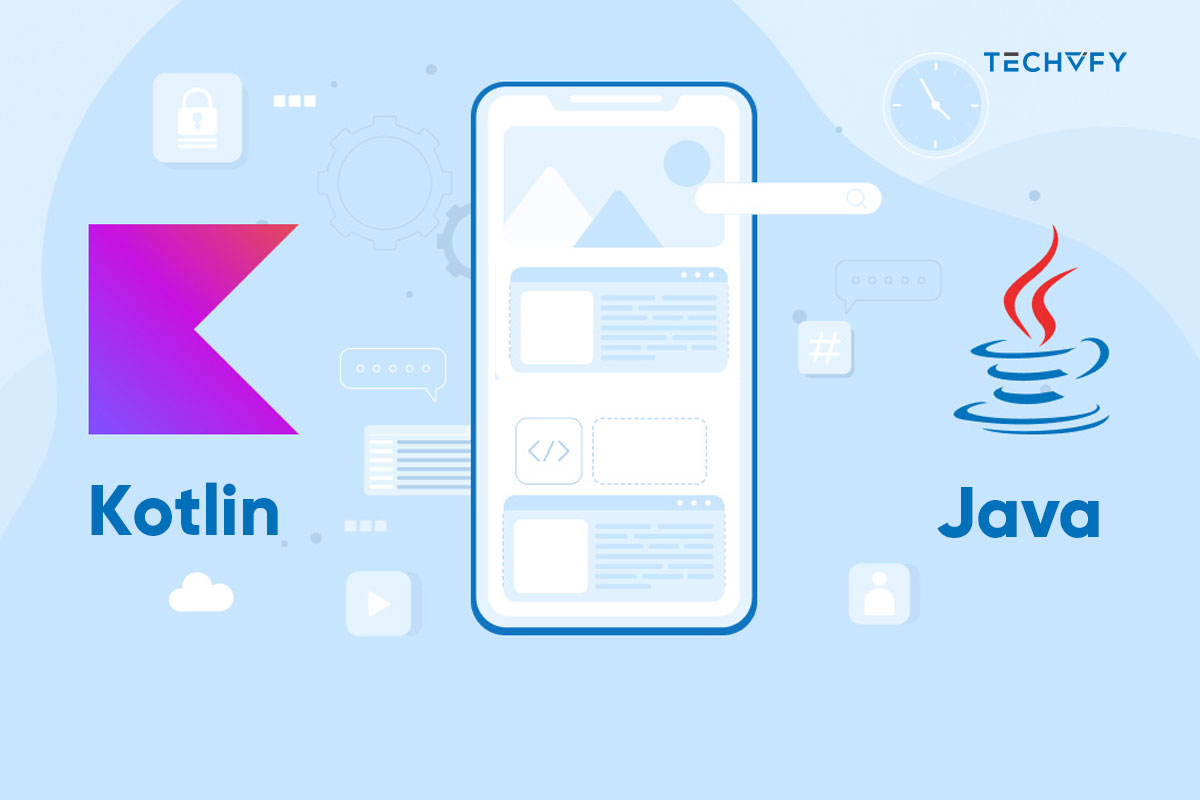What is Natural Language Processing: Overview for Beginners
- TECHVIFY Team
- 0 Comments
Natural Language Processing is a thriving field in artificial intelligence (AI), powering text generators, chatbots, and text-to-image programs. In recent years, there’s been a revolution in computer abilities to understand human languages, programming languages, and even biological sequences like DNA. The latest AI models analyze input text to generate meaningful and expressive output, transforming how computers comprehend and develop language. This article aims to answer the question, “What is Natural Language Processing?” by exploring its process, applications, and the challenges it faces.
I. What is Natural Language Processing?
NLP is a branch of AI that helps computers understand, interpret, and manipulate human language. In simpler terms, computers can process and understand written or spoken language like humans do. NLP involves analyzing text, extracting meaning from it, generating new text, translating languages, and answering questions.
For instance, computers can break down text into words and sentences, understand the context and intention behind the words, and even create new grammatically correct and meaningful text. NLP also enables language translation and answering questions based on understanding their intent.
In summary, NLP allows computers to interact with human language effectively, significantly impacting various industries and improving our communication with technology.
II. How Does Natural Language Processing Work?
If you want to define natural language processing, understanding how it works is important. Using artificial intelligence and linguistic skills, NLP enables computers to comprehend the subtleties of human language. NLP operates in five critical stages.
| Step 1. Text vectorization | Text first gets converted into numerical representations so that computers can understand it. |
| Step 2. Machine learning training | The foundation of NLP technology is the rigorous training of machine learning algorithms on large datasets to identify complex language patterns and connections. |
| Step 3. Statistical analysis | With training data as a guide, computers use statistical analysis to identify key characteristics and trends that enable precise language representation. |
| Step 4. Forecasting | When dealing with new text, trained NLP models use learned patterns to predict outcomes and produce outputs such as topic classifications or sentiment scores. |
| Step 5: Continuous learning | This AI advancement is a never-ending process. It improves its comprehension of language with each new set of input, so its accuracy and sophistication keep growing. |
Learn More On:
III. Types of Natural Language Processing
01. Tokenization
Tokenization, a critical stage in NLP, divides the complexity of human language into small, manageable components known as tokens. For machines to read and evaluate text, these tokens—words, punctuation, and other linguistic elements—form an organized foundation. Text can be divided into these fundamental parts to enable NLP systems to do in-depth analyses, which enhances their comprehension of language structure and facilitates the completion of later NLP tasks.
02. Stemming and Lemmatization
Two fundamental strategies for reducing the complexity of language diversity are stemming and lemmatization. Lemmatization converts words into their base or dictionary form, whereas originating strips words of their prefixes and suffixes to return them to their root form. These procedures are essential for bringing words into consistency and minimizing variances in usage or spelling. Because normalization maintains the same representation of words throughout the study, it improves the accuracy of NLP tasks like text analysis and retrieval.
03. Part-of-Speech Tagging
A linguistic wonder of NLP is part-of-speech tagging, which gives each token in a sentence a grammatical category (noun, verb, adjective, etc.). This careful classification reveals the syntax of sentences and acts as a linguistic road map. Part-of-speech tagging substantially contributes to our grasp of the grammatical relationships among words. It also helps further analysis in tasks that require syntactic awareness.
04. Named Entity Recognition (NER)
Named entity recognition (NER) is an advanced method designed to recognize and extract certain entities—like names of people, places, organizations, and dates—from complex text. By translating unstructured text into a structured format, this technique helps AI systems to relate textual data to external knowledge bases. In information extraction, NER is essential for adding meaningful entities to material and improving textual data comprehension in general.
05. Sentiment Analysis
A sophisticated use of NLP called sentiment analysis seeks to reveal the emotional undertones of words. It determines a writer or speaker’s attitude or feelings about a specific subject or thing, from neutral to negative. Sentiment analysis goes beyond emotion decoding to help comprehend public opinion, consumer feedback, and general opinions. Applications like market research, customer support, and social media monitoring all benefit greatly from this method.
06. Machine Translation
This method allows literature to be easily translated across languages while keeping its style and meaning intact. Through the facilitation of cross-lingual communication, machine translation promotes international cooperation, diplomacy, and the democratization of Internet knowledge. Its influence goes beyond language to create a digital environment that is more inclusive and connected.
Have a Project Idea in Mind?
Get in touch with experts for a free consultation. We’ll help you decide on next steps, explain how the development process is organized, and provide you with a free project estimate.
IV. Applications of Natural Language Processing Software
Here are some common use cases of this technology:
- Chatbots can provide information, answer questions, perform tasks, or entertain users for customer service, education, entertainment, and health care. For example, Siri and Alexa are popular voice assistants that use NLP to understand and respond to user queries.
- Text summarization creates a concise and informative summary of a longer text document. It can help users quickly grasp the main points of a text without reading the whole document.
- Language translation is converting text from one language to another while preserving its meaning and style. Machine translation can help users to communicate across linguistic barriers and access information in different languages. For example, Google Translate uses NLP to translate text between over 100 languages.
- Sentiment analysis determines a speaker or writer’s emotion towards a topic or entity. Sentiment analysis can be useful for social media posts, product reviews, customer feedback, market research, and more.
- Spam Detection helps identify spam by analyzing language cues in emails, such as financial terms or bad grammar.
V. Best Natural Language Processing Software
SpaCy, a recent open-source NLP processing library in Python, is recognized for its speed and comprehensive documentation. It efficiently manages large datasets and provides various pre-trained NLP models for users focusing on text preparation for deep learning or extraction.
MonkeyLearn, an NLP-powered platform, facilitates insight extraction from text data by providing user-friendly features and pre-trained models for tasks such as topic classification, keyword extraction, and sentiment analysis. It also offers customizable machine learning models to meet various business needs and seamlessly integrates with applications like Excel or Google Sheets for text analysis.
Gensim, a swift and scalable Python library, excels in topic modeling, identifying text similarities, navigating diverse documents, and indexing large volumes of data.
Natural Language Toolkit empowers users to create Python programs compatible with human language data, offering user-friendly interfaces to over 50 lexical and corpora resources, text processing libraries, and a robust discussion forum. Widely embraced by educators, students, linguists, engineers, and researchers, NLTK stands out as a widely used free and open-source platform.
IBM Watson stores a suite of AI-based services in the IBM cloud, showcasing versatility in Natural Language Understanding tasks, excelling in activities like identifying keywords, emotions, and categories, and finding applications across diverse industries like finance and healthcare.
VI. Challenges of Natural Language Processing
This technology faces basic difficulties, such as word ambiguity, which makes it difficult to interpret words precisely because they might have several meanings. Another challenge to the accuracy of language studies is the complex issue of comprehending contextual nuances. NLP needs help understanding symbolic language, which might result in misunderstandings, which include humor and sarcasm. Because biases in training data might accidentally affect results and necessitate careful mitigation attempts, ethical concerns happen. Managing various languages also adds complexity, requiring flexibility to accommodate different linguistic expressions and patterns.
Conclusion
NLP is a game-changer in artificial intelligence, powering chatbots, text generators, and more. Advancements in computer capabilities have made it possible for them to comprehend biological sequences such as DNA and human and programming languages. The article “What is Natural Language Processing?” defines it by reviewing its principles, uses, and difficulties. NLP is revolutionizing several industries by enhancing efficient communication between computers and humans through tokenization and sentiment analysis. NLP is developing, offering a future of smooth communication between computers and people despite obstacles like word ambiguity and ethical issues.
Are you interested in leveraging natural language processing for your business? TECHVIFY can help! As a global AI and software consulting and development company, we provide customized software solutions, including advanced NLP applications. Contact us today and harness your power.
TECHVIFY – Global AI & Software Solution Company
From Startups to Industry Leaders: TECHVIFY prioritizes results, not just deliverables. Accelerate your time to market and see ROI early with high-performing teams, AI (including GenAI) Software Solutions, and ODC (Offshore Development Center) services.
- Email: [email protected]
- Phone: (+84)24.77762.666




